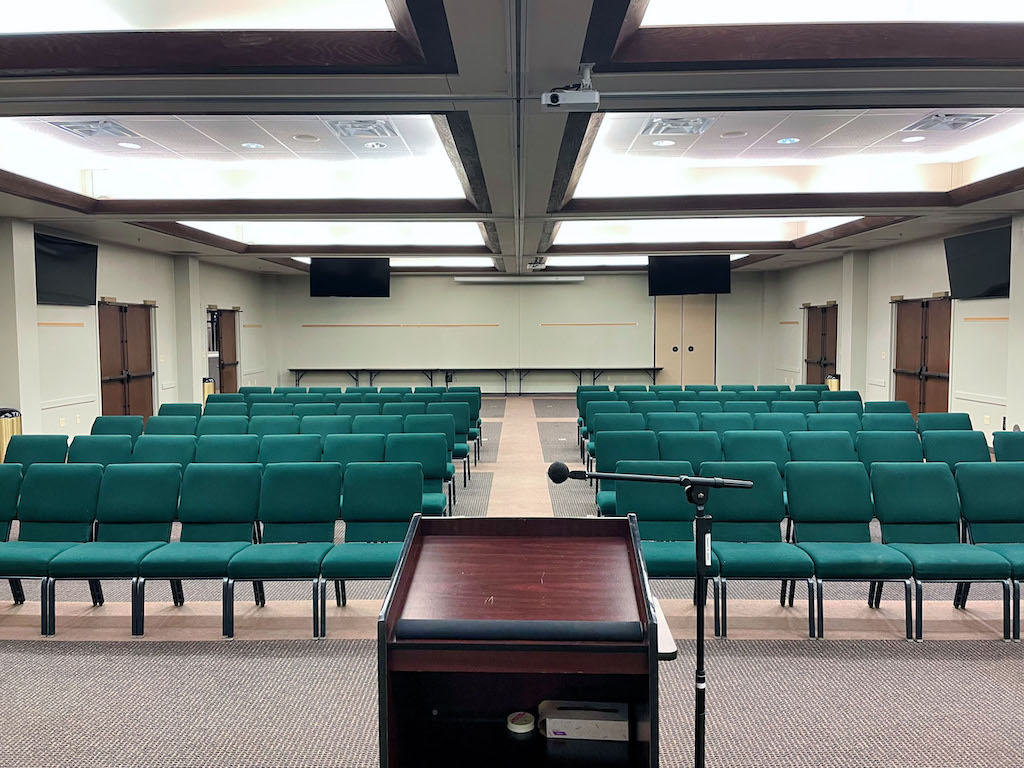In the case of video surveillance in public places, data protection remains an important and sensitive issue. Its use must have a legal basis and proportionality, since it generally represents an interference with the right to information self-determination.
Key concept “data protection”: In public video projects, it is repeatedly noted that data protection supervisors are seen as adversaries and excluded from the decision-making process for a long time for fear of eventual opposition.
However, the data protection officer or competent data protection supervisory authority, both at municipal and state level, plays an important role in a democratic society. The faster it is integrated into the project and planning, the better the “peer-to-peer” communication.
Are we talking about the same thing?
For project managers and data protection supervisors to talk about the same things, it has proven beneficial to turn to 3D simulations in public space video projects that are often available from video security technology manufacturers.
These annotated visualizations reproduce the area to be monitored – for example, a public square in the city center – as a digital twin. In this model, it is possible to accurately simulate the locations, fields of view, and image characteristics of individual cameras.
People involved in the project can see the image quality provided by the cameras in each area of the area to be captured. The accuracy characteristics, in turn, are specified in the DIN EN 62676-4 standard for video surveillance systems. Distinguish between different image properties for different purposes.
In video surveillance or video surveillance in public places, a pixel density of 250 pixels per meter (pixels per meter) is generally required, which is almost always sufficient to unambiguously identify perpetrators in court.
In addition, the 3D model shows where personal data or reference data is generated and whether cameras should be positioned differently so that controllers can handle them in accordance with data protection regulations.
At the same time, it is possible to plan the use of additional data protection measures. These include pixelization and darkening of entrances to residential and commercial buildings, storage of images for a limited time or special access rights, for example, for public transport companies as secondary users of the video system who only have access to the images. cameras.
Without data security there is no data protection
Besides technical and organizational data protection measures, the protection of the data itself, for example against unauthorized access or loss, should not be ignored.
For this reason, the General Data Protection Regulation (GDPR) defines the aspect of data security in Article 32 “Security of Processing” with the “Security by Design” clause.
Because video systems are frequently targeted by cyberattacks in which hackers either leak video recordings or gain access to corporate or organizational networks, only video solutions that are equipped with the appropriate security features should be used. Among them are the physical separation of the collaborative network and the video network, end-to-end encryption that can be activated, and enforcement of strong passwords or secure procedures for network authentication.
In view of the geopolitical situation, it becomes clear that more and more cities and municipalities choose video systems that are developed and manufactured in Germany or Europe under the conditions of a legal and democratic country.
Helpful checklists and good practices
In order to support companies and public bodies in legal guidance, official data protection authorities, such as the Spanish Agency for Data Protection (AEPD) or the European Committee for Data Protection (CEPD), offer on their pages useful web guides and guidelines for the use of video security systems.
It may also be helpful to ask manufacturers and providers of video security technology for more information or guidance for video projects in public places.
Conclusion: a complex, but manageable issue
Data protection is certainly as old as video technology itself. But with high-resolution cameras, different laws, and current jurisprudence, the objective scope of video surveillance in public places is perhaps more complex than ever.
With useful 3D project simulations, innovative technologies, and application of good practices, the complexity of the subject matter can generally be handled well. In this way, the security of each individual and the protection of data or the right to media self-determination in the public space can be made compatible.
Jurgen Seiler
Director of davidiT Advisory Company Dallmeier Electronic
Did you like this article?
Subscribe to our RSS feed and never miss a thing.
Other articles on Dallmeier


 Jurgen Seiler
Jurgen Seiler
:quality(70)/cloudfront-us-east-1.images.arcpublishing.com/gruponacion/PBF63HX3ZZEKBMXMIBTVITLXQY.jpg)

